Enzyme peeling in natural cosmetics
Benefits of enzyme peelings in natural cosmetics
Bromelain (from pineapple)
Application of the peeling
Tips for using enzyme peels
Conclusion: What does enzyme peeling offer me?
Enzyme peeling in natural cosmetics
A gentle and effective method in skin care:
Enzyme peels are one of the gentlest and most effective ways to remove dead skin cells and rejuvenate the skin. Unlike mechanical peels, which use abrasive particles to abrade the skin, enzyme peels work with natural enzymes that specifically break down the bonds between dead skin cells. This gently smooths the skin's surface and refines its appearance.
Natural cosmetics primarily use plant enzymes, which not only gently exfoliate the skin but also care for and soothe it.
Benefits of enzyme peelings in natural cosmetics
Gentle exfoliation:
Enzymes dissolve dead skin cells without mechanical friction. This is especially beneficial for sensitive skin prone to redness and irritation. Enzyme peels are therefore a gentle alternative to traditional peels with grainy particles.
Promotes skin regeneration:
Removing the top layer of skin stimulates cell renewal, contributing to a fresher, more radiant complexion and helping to reduce skin imperfections such as acne or blackheads.
Promotes an even skin tone:
Enzyme peels help smooth the skin's surface and even out the complexion. Enzymes can help refine the skin's appearance, especially in cases of pigmentation, unevenness, or irregular skin texture.
No risk of micro-injuries:
Because enzyme peels work without abrasive particles, there's no risk of micro-injuries that can sometimes occur with mechanical peels. This is especially beneficial for skin prone to inflammation or acne.
Natural ingredients:
Natural cosmetics typically use plant-based enzymes derived from fruits or plants. Commonly used enzymes include papain (from papaya), bromelain (from pineapple), and yeast enzymes. These natural ingredients are not only effective but also kind to the skin.
Bromelain (from pineapple)
Bromelain is an enzyme derived from pineapple. It has powerful anti-inflammatory properties and helps soothe skin irritations, making it an excellent choice for sensitive or acne-prone skin.
Application of the peeling
Enzyme peels are easy to use and can usually be incorporated into your skincare routine 1-2 times a week. Apply the enzyme peel evenly to cleansed skin. The consistency varies depending on the product—some peels are in gel form, others are a mask or cream.
Exposure time:
Depending on the product, leave the scrub on for 5-15 minutes. During this time, the enzymes can loosen dead skin cells and smooth the skin.
Rinse:
Rinse the scrub off thoroughly with lukewarm water and then apply a soothing toner or moisturizer to care for your skin.
Tips for using enzyme peels
- Avoid using on open wounds or active skin inflammation, as the peeling may irritate the skin.
- Testing for compatibility: Since enzyme peels are also used on sensitive skin, it is recommended to test the product on a small area of skin first.
- Wear sunscreen after use: Since the top layer of skin is thinner after a peel, it is especially important to pay attention to sunscreen to avoid UV damage.
Conclusion: What does enzyme peeling offer me?
Enzyme peels are an excellent way to gently remove impurities, dead skin cells, and dull skin. Especially in natural cosmetics, they offer a gentle yet highly effective method for improving the complexion without stressing the skin. The use of plant-based enzymes from natural sources such as papaya and pineapple makes enzyme peels a nourishing and skin-friendly choice for people who value natural ingredients.



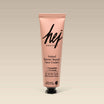

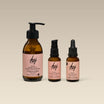
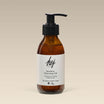

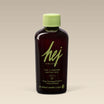
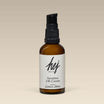
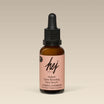
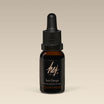
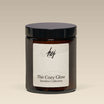
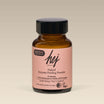
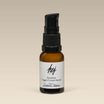
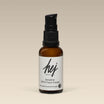
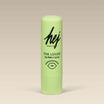


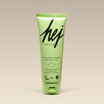
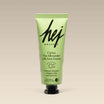
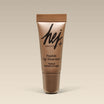
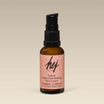

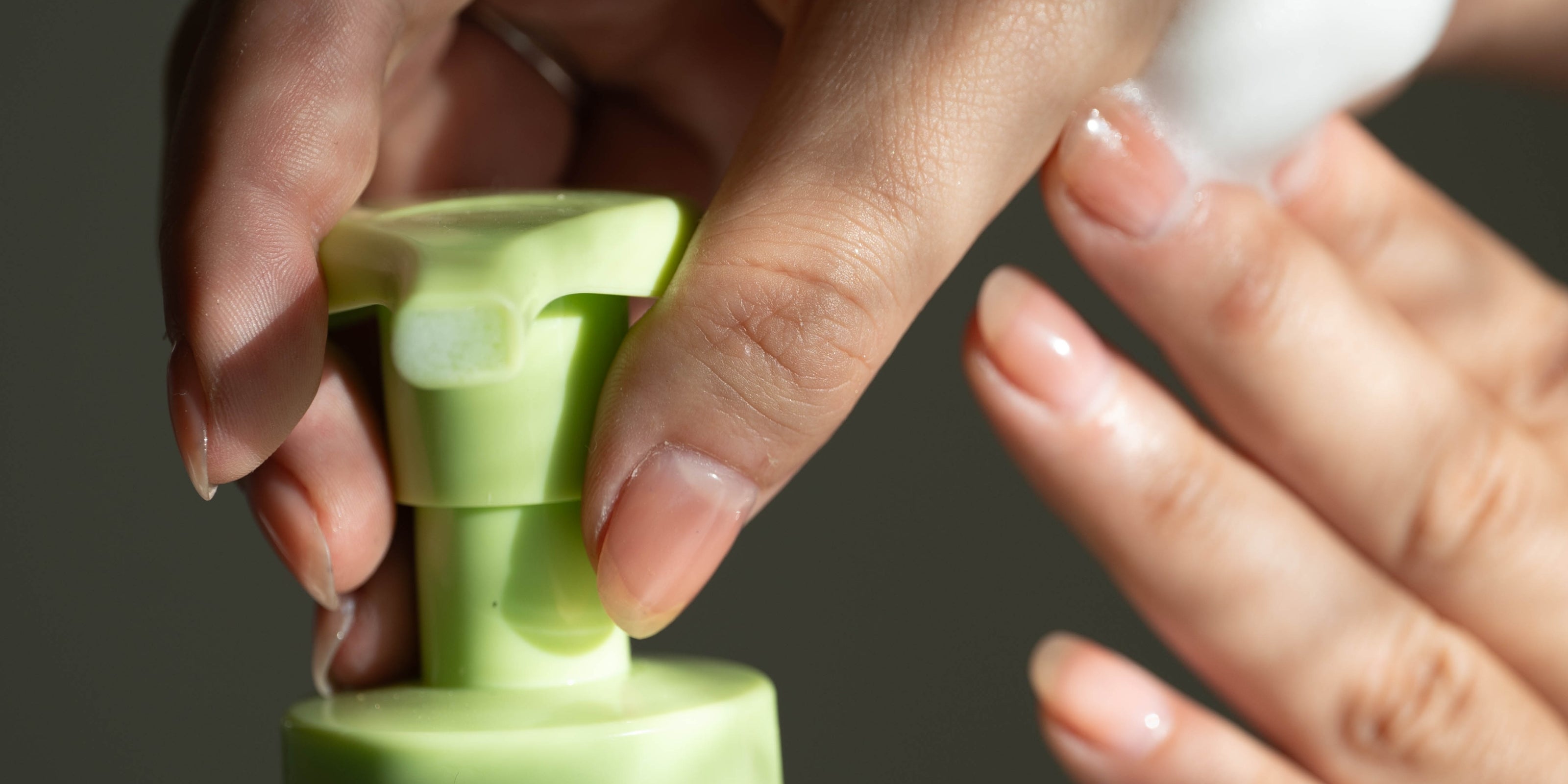
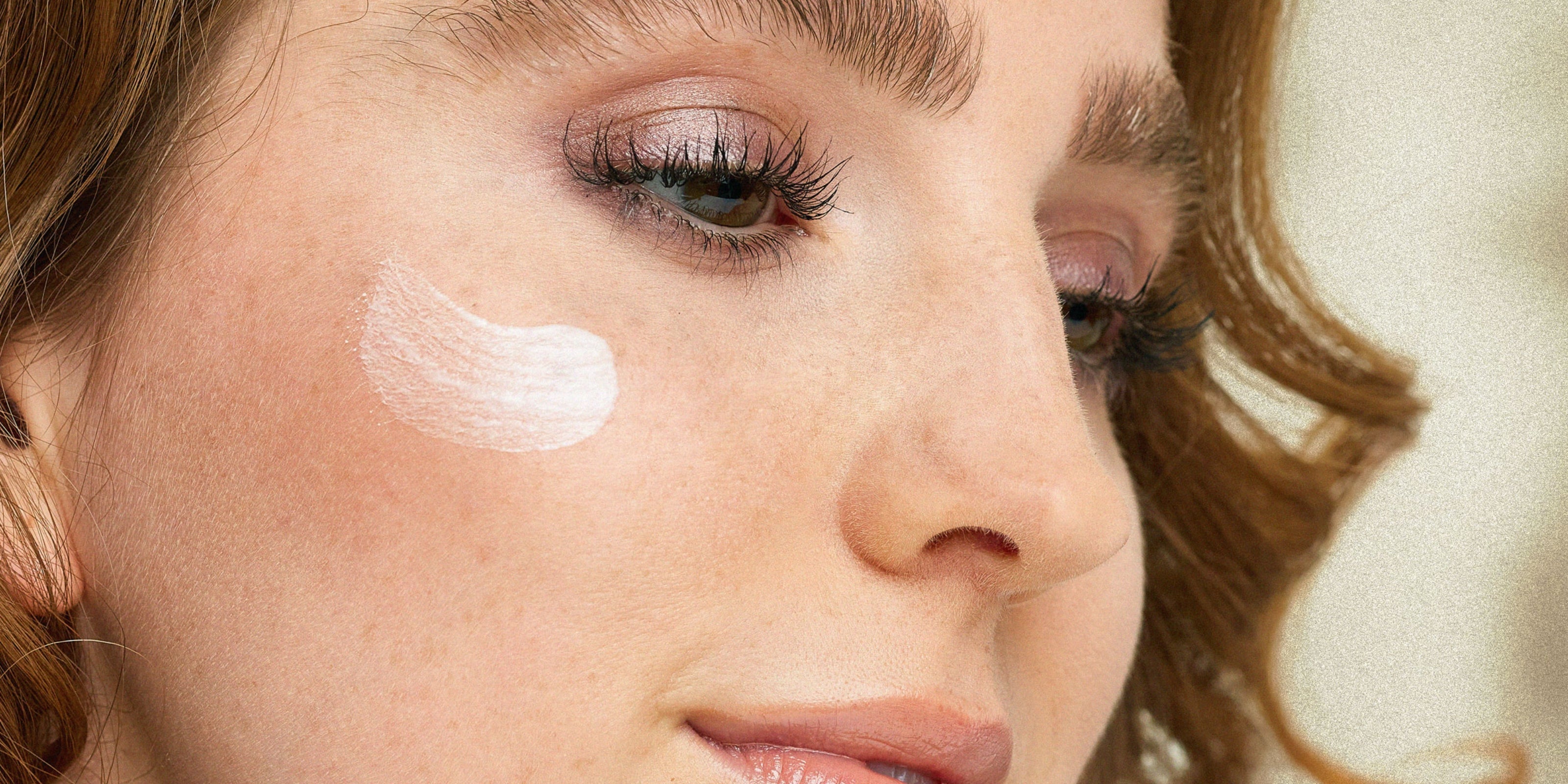
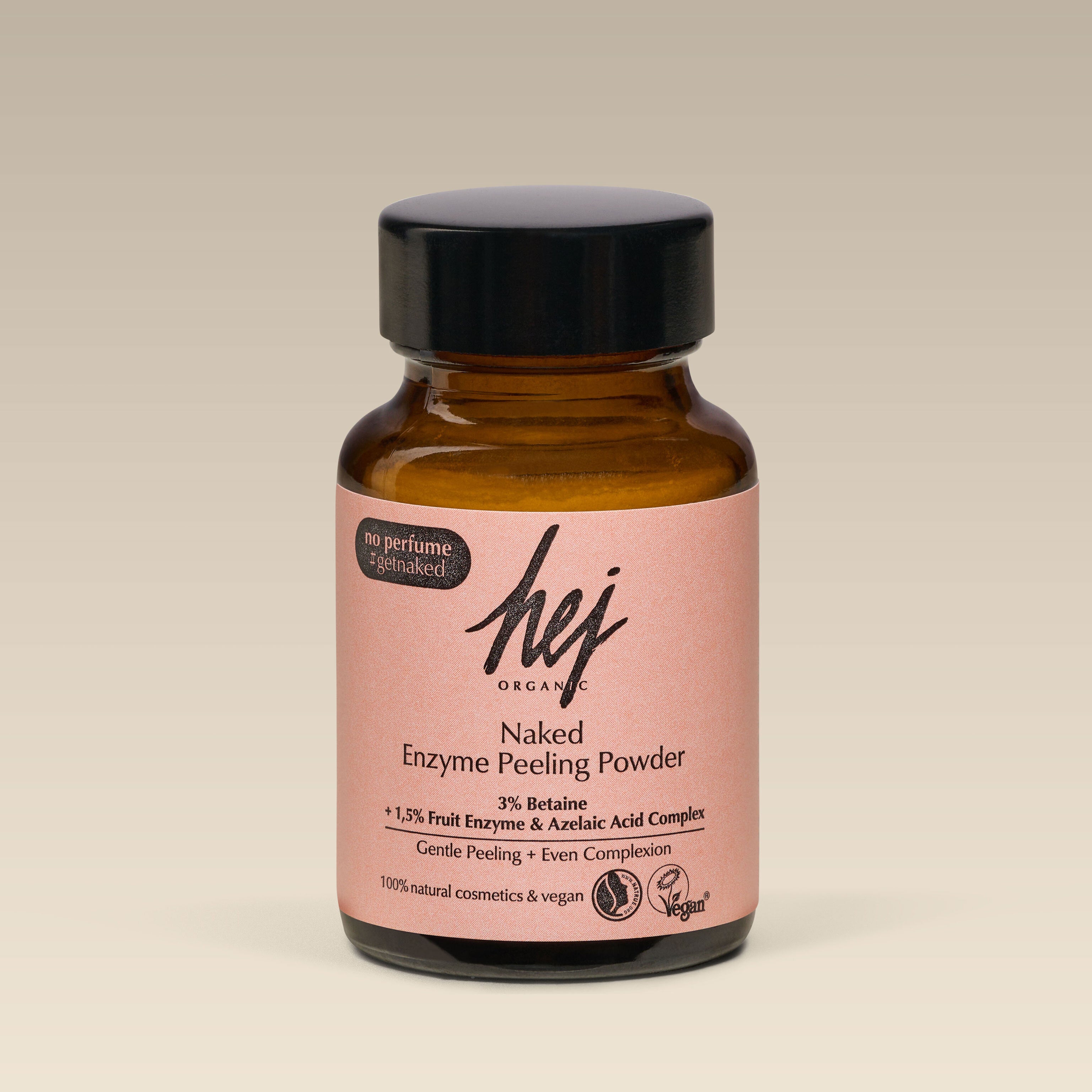
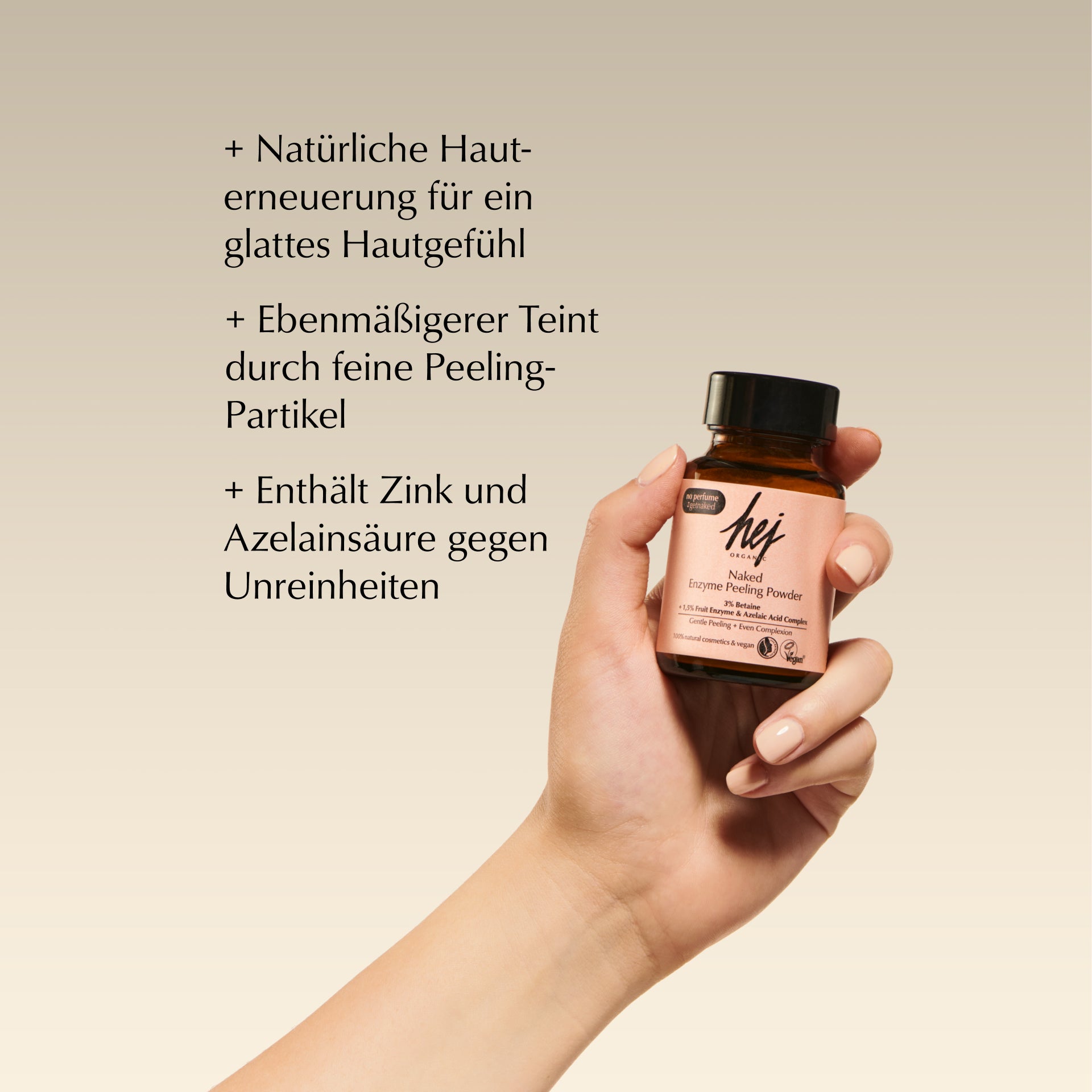
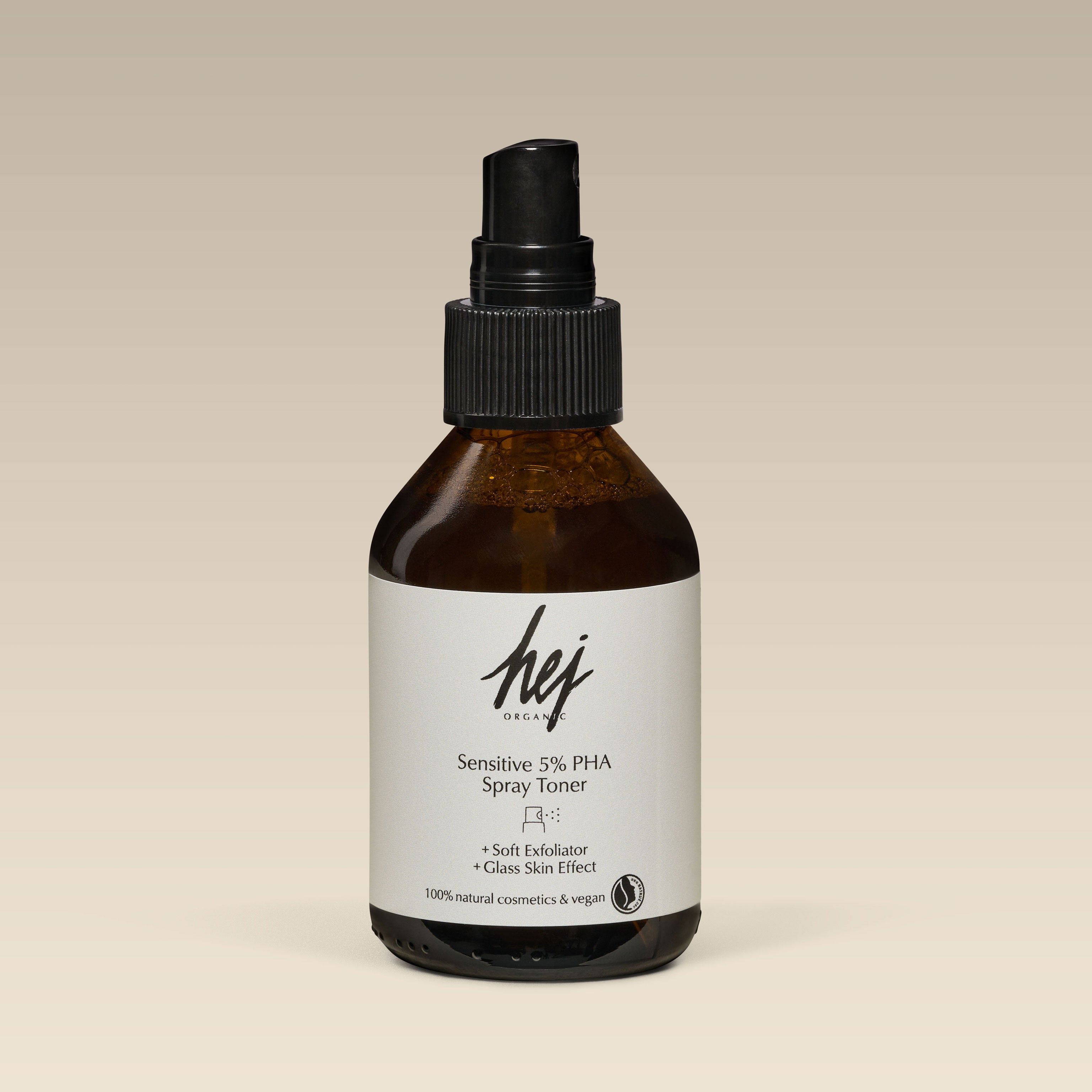
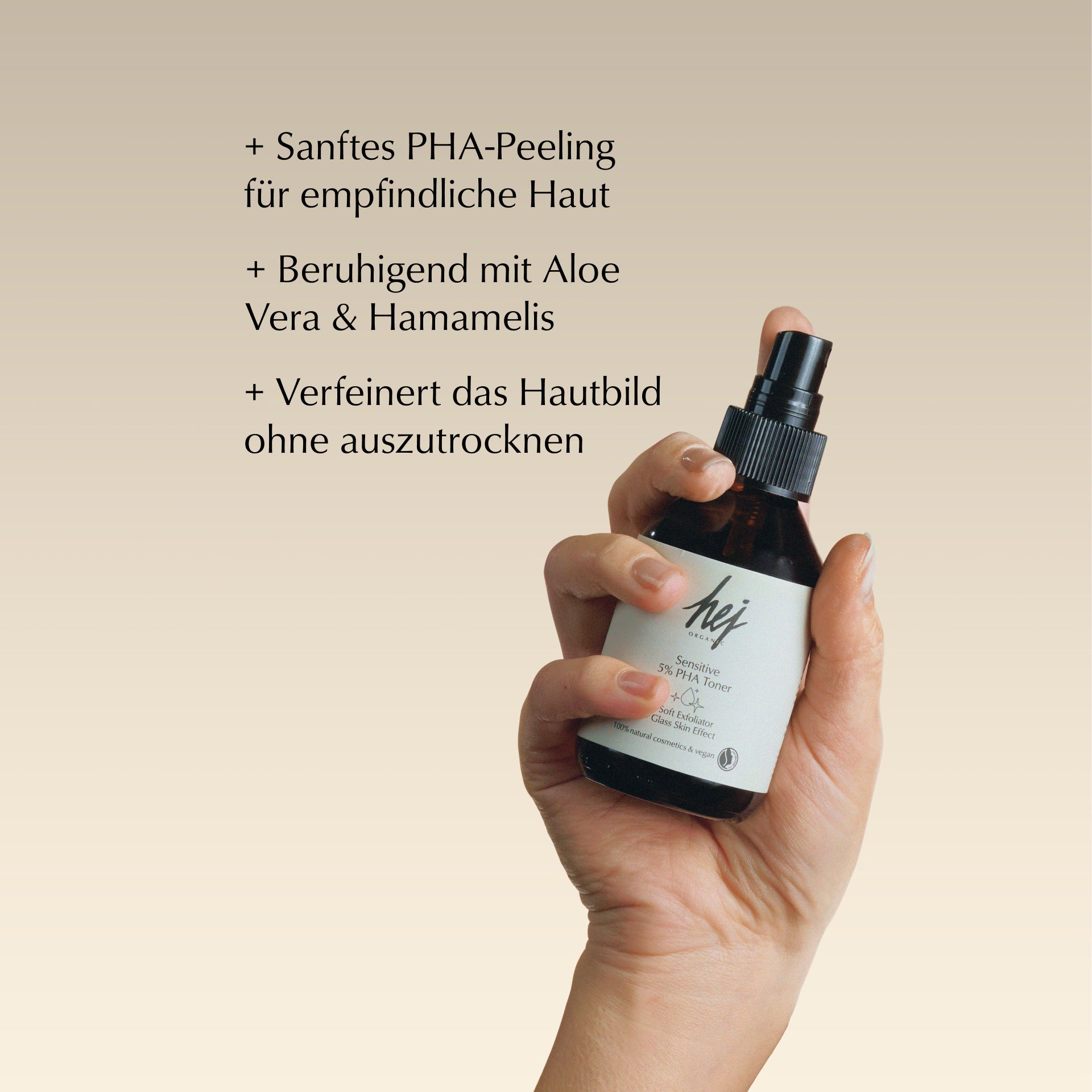
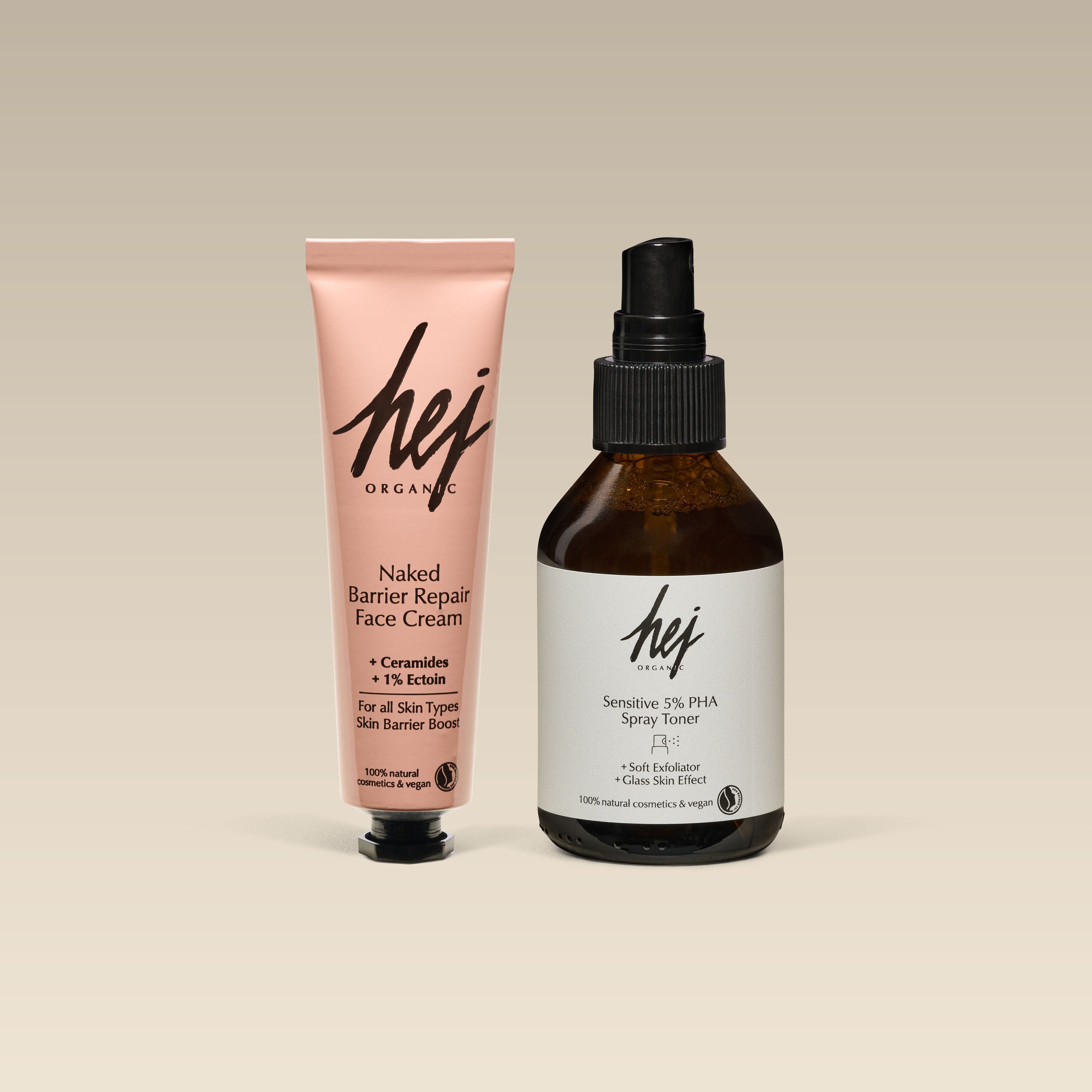
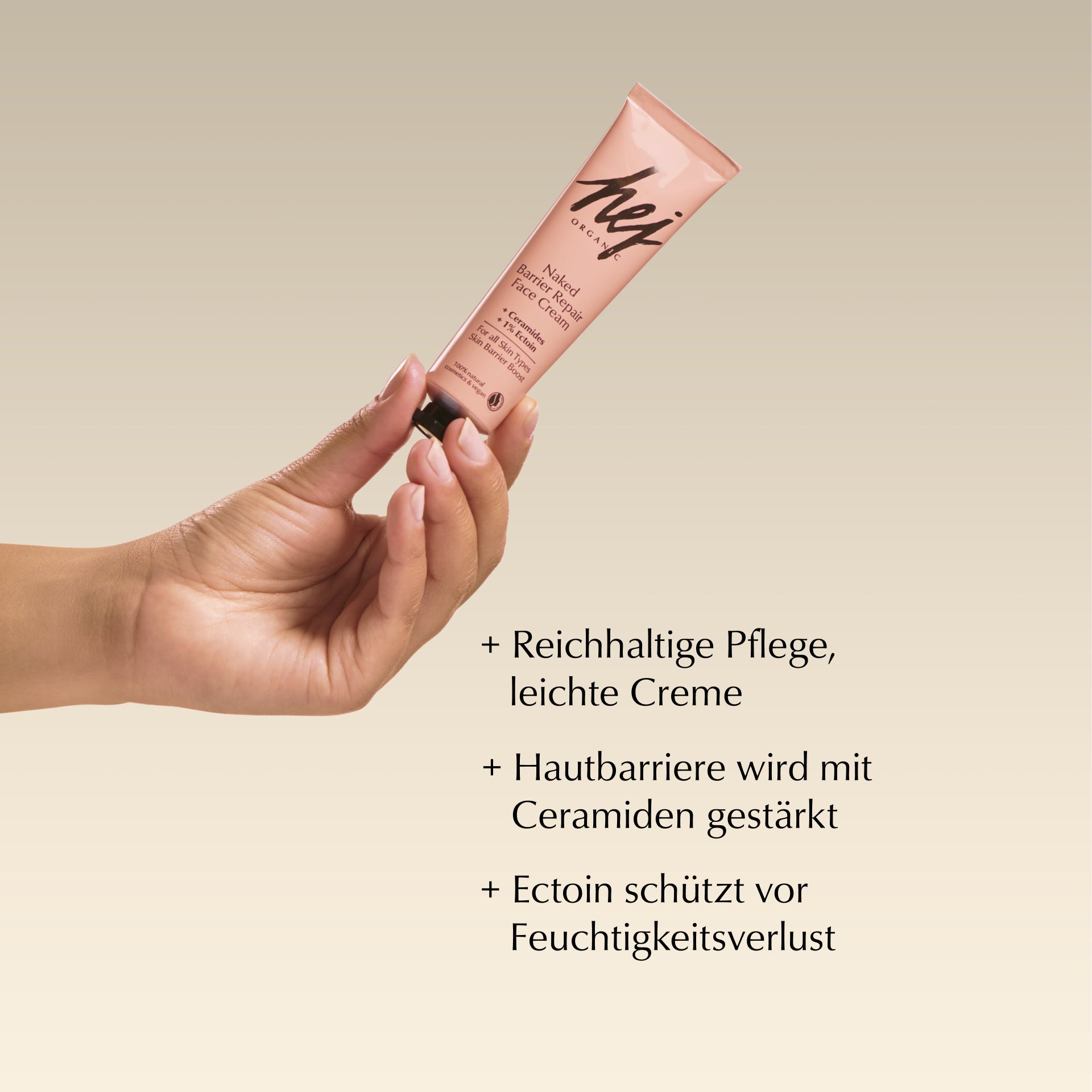
Leave a comment
This site is protected by hCaptcha and the hCaptcha Privacy Policy and Terms of Service apply.